Sustainable Fashion

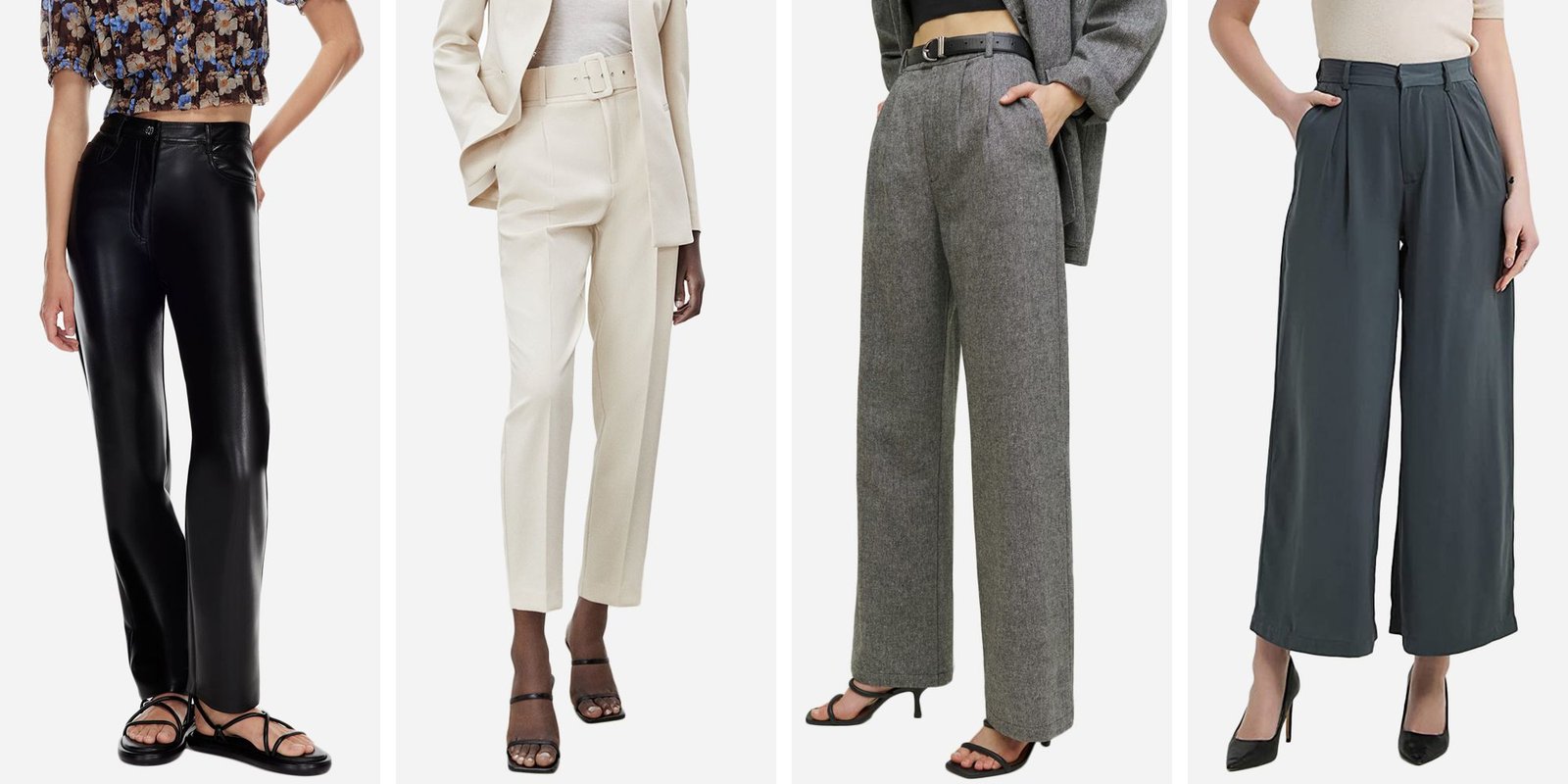
Introduction
Women's trousers, once considered a revolutionary garment, have come a long way since their inception. From being a symbol of liberation and defiance in the early 20th century to becoming a staple piece in modern women's wardrobes, trousers have been through a journey of empowerment and fashion evolution. This blog delves into the fascinating history of women's trousers, their impact on society, and how they have become an essential element of contemporary fashion.
1. The Revolution of Women's Trousers
The advent of women's trousers can be traced back to the early 20th century when women started breaking free from restrictive clothing norms. The suffragettes, who fought for women's right to vote, were among the first to challenge societal norms by adopting trousers as a practical and symbolic representation of women's liberation. At that time, trousers were met with significant opposition, often deemed inappropriate or scandalous for women to wear.

2. Trousers and World War Era
The First World War marked a turning point for women's trousers. As men left their jobs to serve in the military, women stepped up to take on roles traditionally held by men, including working in factories and farms. Trousers became a practical choice for these new responsibilities, offering comfort and freedom of movement. This era's influence laid the groundwork for trousers to become more accepted in mainstream fashion.
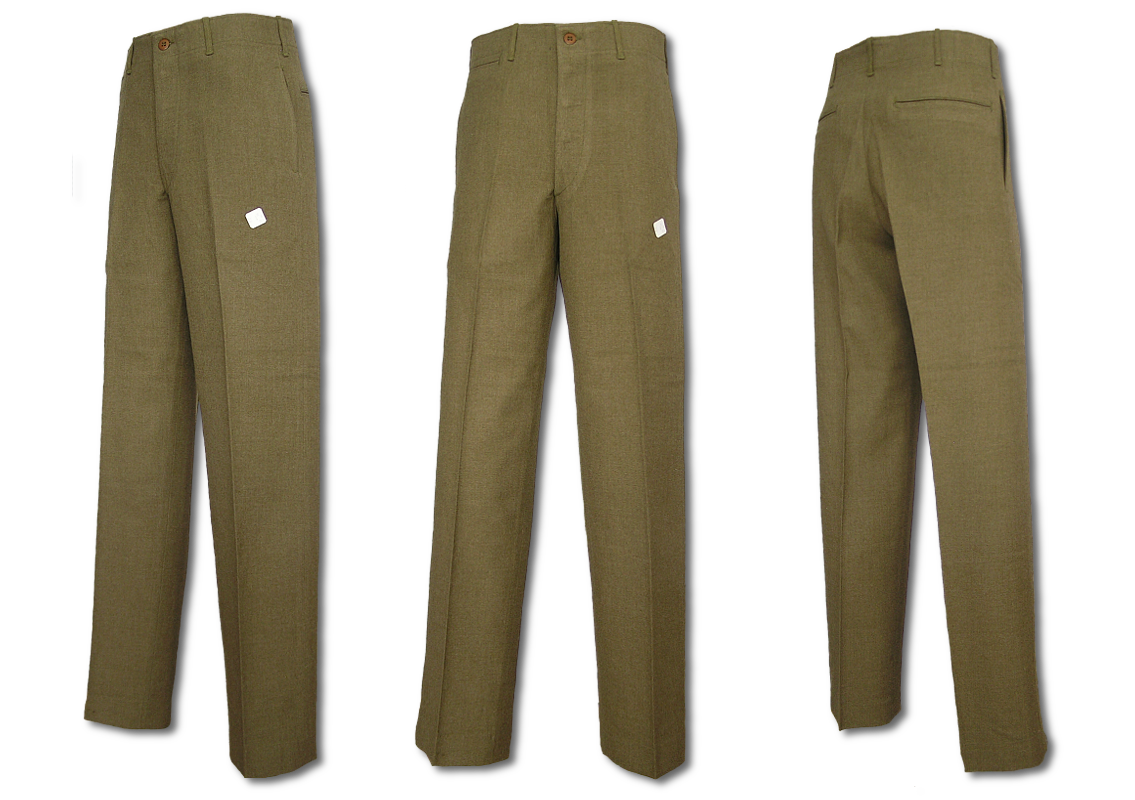
3. Iconic Moments in Women's Trousers History
a. Katharine Hepburn: The legendary Hollywood actress, Katharine Hepburn, played a pivotal role in popularizing women's trousers on-screen and off-screen. Her defiance of conventional feminine attire and her confident portrayal of strong characters in trousers left a lasting impact on fashion and women's representation in media.
b. Yves Saint Laurent: In 1966, Yves Saint Laurent introduced the iconic Le Smoking tuxedo suit for women, challenging gender norms and creating a new trend that combined femininity with masculine elements. This groundbreaking design revolutionized evening wear and formal attire for women.
c. Power Dressing: The 1980s saw the rise of power dressing, where trousers became an essential part of women's professional attire. Influential women, like Margaret Thatcher, embraced trousers as a symbol of authority and competence, helping to break down barriers in the corporate world.
4. Embracing Diversity in Women's Trousers
As fashion progressed, so did the diversity of women's trousers. Today, a wide range of styles, cuts, and fabrics cater to various body types and preferences. From classic straight-leg trousers and trendy skinny pants to relaxed-fit joggers and high-waisted culottes, the options are endless.
5. Comfort Meets Style
One of the most significant advantages of women's trousers is the comfort they offer. Unlike traditional dresses and skirts, trousers allow women to move freely and engage in various activities without worrying about wardrobe malfunctions. The fusion of comfort and style has made trousers a go-to choice for women in all walks of life.
6. Breaking the Last Barriers
Despite tremendous progress, some societies still hold conservative views on women wearing trousers. However, many women continue to challenge these beliefs, asserting their right to dress as they please. Social media and fashion icons play a vital role in normalizing women's trousers across cultures and promoting self-expression through clothing.

Conclusion
Women's trousers have undoubtedly come a long way from being a symbol of rebellion to becoming a symbol of empowerment and fashion-forwardness. Their journey through history reflects the evolving roles and rights of women in society. Today, women's trousers offer the perfect blend of comfort and style, empowering women to conquer both their personal and professional spheres while breaking down outdated barriers. As we move forward, let us celebrate the ever-changing world of women's trousers and the fearless women who continue to reshape society with each step they take in their stylish pants.


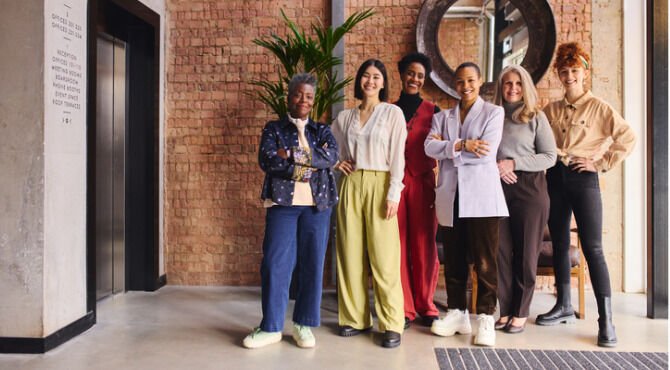
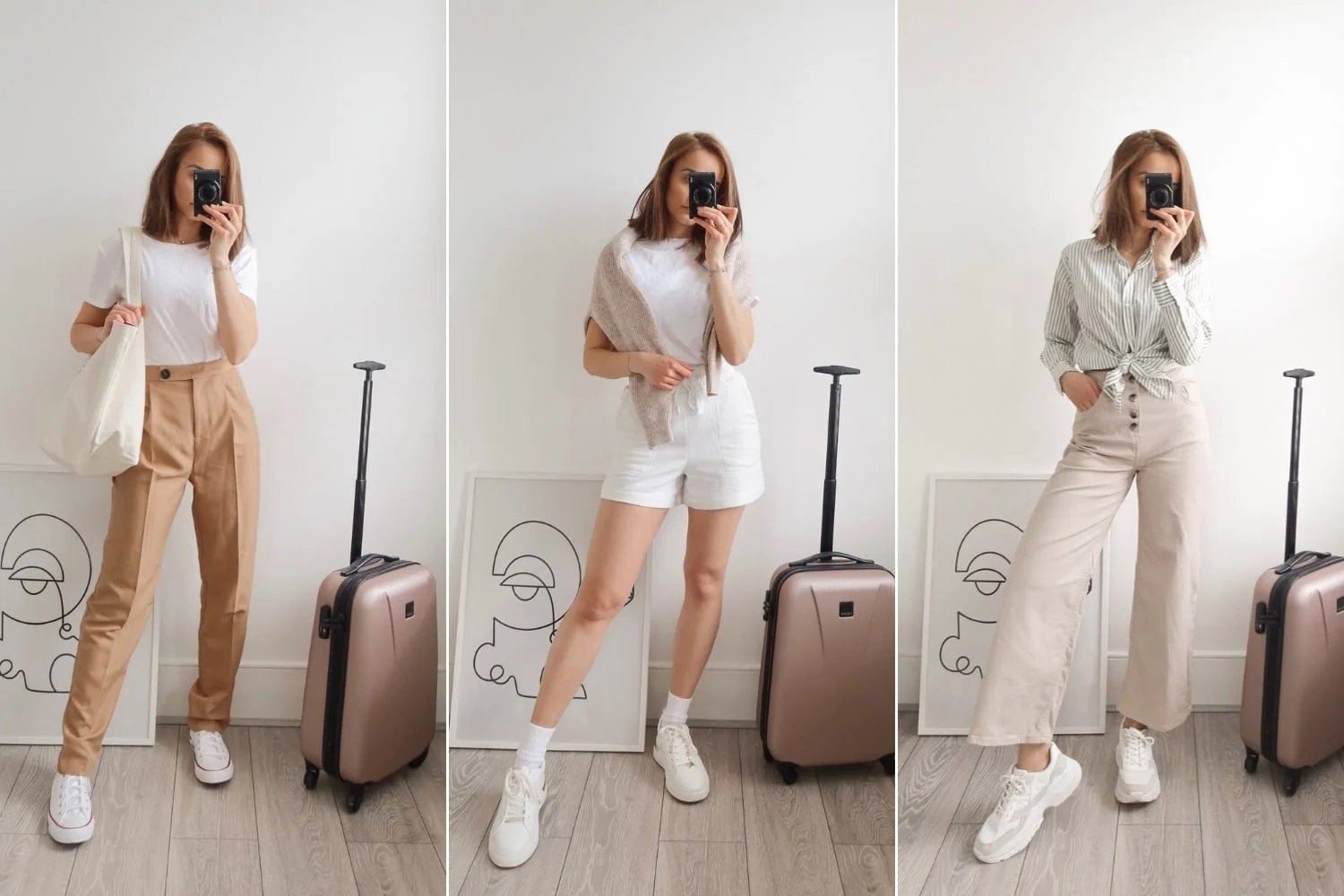










.jpg)
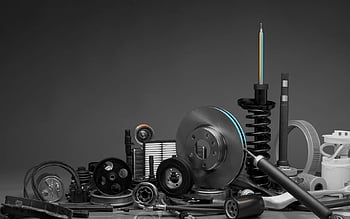

.jpg)

.jpg)
